
Tuesday, we took a look at snap-weighted size for offenses in 2024. Today, we’ll take a look at defenses, special teams, and then total numbers.
Historically, this has been more of a descriptive stat than anything prescriptive, with little correlation between size and actual success. But just like on offense, this didn’t hold true in 2024. If anything, the correlation was even stronger when you flipped to the defensive side of the ball – there was a 0.40 correlation between the weight of a defense and their defensive DVOA, and a 0.20 correlation between their height. But remember, defensive DVOA is better when negative, so these correlations mean the smaller your defense was, the better they were in 2024. The Texans, Broncos, Steelers, Vikings, Chargers and Eagles were all in the top 10 in defensive DVOA and in the top 10 skinniest defenses out there. Svelte and successful!
But before you start investing in lineman liposuction, there’s a rather notable caveat when it comes to defensive snap-weighted size. Through years of careful study and analysis, we have learned one thing – slot cornerbacks tend to be slightly smaller than nose tackles. What overall defensive snap-weighted size mostly measures is a team’s personnel decisions – how often a team is in nickel or dime rather than base, or how often they use a third safety rather than a second inside linebacker. That being said, there were stronger correlations between size and DVOA this year than there was between size and personnel groupings, so perhaps thin is in.
| Defensive Snap-Weighted Size, 2024 | ||||||
| Team | Height | Rk | Weight | Rk | BMI | Rk |
| NE | 73.5 | 25 | 244.4 | 1 | 31.6 | 1 |
| DET | 73.7 | 12 | 241.4 | 2 | 31.1 | 4 |
| MIA | 73.6 | 16 | 241.0 | 3 | 31.1 | 5 |
| CIN | 73.3 | 29 | 240.8 | 4 | 31.3 | 2 |
| BAL | 73.9 | 6 | 240.8 | 5 | 30.8 | 10 |
| TEN | 73.7 | 15 | 240.6 | 6 | 31.0 | 6 |
| CHI | 74.0 | 5 | 240.5 | 7 | 30.8 | 12 |
| TB | 73.4 | 26 | 240.3 | 8 | 31.2 | 3 |
| CAR | 73.8 | 9 | 239.8 | 9 | 30.8 | 11 |
| NO | 73.7 | 13 | 239.8 | 10 | 30.9 | 9 |
| ATL | 73.6 | 17 | 238.0 | 11 | 30.7 | 13 |
| IND | 74.0 | 4 | 237.9 | 12 | 30.3 | 23 |
| SEA | 73.6 | 18 | 237.7 | 13 | 30.7 | 14 |
| GB | 73.5 | 24 | 237.5 | 14 | 30.7 | 15 |
| KC | 73.6 | 21 | 237.1 | 15 | 30.7 | 16 |
| LAR | 73.6 | 22 | 237.1 | 16 | 30.7 | 18 |
| Team | Height | Rk | Weight | Rk | BMI | Rk |
| SF | 73.3 | 30 | 237.1 | 17 | 30.9 | 7 |
| JAX | 74.1 | 2 | 236.5 | 18 | 30.1 | 28 |
| DAL | 73.7 | 14 | 235.8 | 19 | 30.4 | 20 |
| WAS | 73.7 | 11 | 235.8 | 20 | 30.4 | 22 |
| CLE | 73.6 | 20 | 235.3 | 21 | 30.4 | 19 |
| NYG | 74.1 | 3 | 234.8 | 22 | 30.0 | 30 |
| BUF | 73.7 | 10 | 234.4 | 23 | 30.2 | 26 |
| PHI | 73.4 | 27 | 234.4 | 24 | 30.4 | 21 |
| ARI | 72.8 | 31 | 234.4 | 25 | 30.9 | 8 |
| LAC | 72.3 | 32 | 234.1 | 26 | 30.7 | 17 |
| MIN | 73.6 | 23 | 234.1 | 27 | 30.3 | 24 |
| PIT | 73.9 | 7 | 234.0 | 28 | 30.0 | 29 |
| LV | 74.5 | 1 | 233.5 | 29 | 29.4 | 32 |
| DEN | 73.6 | 19 | 232.9 | 30 | 30.1 | 27 |
| NYJ | 73.4 | 28 | 232.3 | 31 | 30.2 | 25 |
| HOU | 73.8 | 8 | 231.8 | 32 | 29.8 | 31 |
| AVG | 73.6 | 237.1 | 30.6 | |||
The Patriots are the most notable outliers this year, a full two standard deviations heavier than the average defense. They were at least a full standard deviation bigger in all four position groups we track – interior linemen, edge rushers, off-ball linebackers and defensive backs. They had two of the 10 heaviest defensive backs in football in 230-pound Marte Mapu and 217-pound Jabrill Peppers. They had one of the 10 heaviest linebackers in 231-pound Christian Elliss. They had one of the 10 heaviest edge rushers in 285-pound Keion White. The fact that they were so big across the board and ranked 30th in defensive DVOA is doing quite a bit to pull that correlation towards smaller teams. The correlation between weight and DVOA drops from 0.40 to 0.33 if you just throw New England out the window. Just make sure no one is standing underneath when you do so.
With the Texans and Jets, built by DeMeco Ryans and Robert Saleh, weighing in at the lightest teams, you may expect this to be a case of style matching substance, with Ryans having been Saleh’s defensive coordinator once upon a time. You wouldn’t be entirely wrong, either. You can see Pete Carroll’s DNA going through there, as he always did prefer his defenders to be speedy and athletic first and foremost. You also see smaller defenses from former Carroll assistant Dan Quinn (in Washington), though not so much from Gus Bradley (in Indianapolis). That’s not to say they’re all small in the same way, however. Saleh’s Jets had the lightest linebackers in the league, while Quinn’s Commanders were sixth-heaviest. The Jets’ interior linemen were at the league average, with both the Texans and Commanders down near the bottom. The Jets had small edge rushers; the Commanders and Texans closer to the middle. The overarching philosophy of quick, athletic players remains the same, but you build around the players you have. I’m sure the Texans would have loved to have light edge rushers with two Will Anderson-types, but sometimes what you have is a Danielle Hunter and you make it work.
Because these overall numbers are so aligned with scheme, it’s often more interesting to look at the position groups. Here’s that table:
| Defensive Snap-Weighted Weight, 2024 | ||||||||
| Team | DL | Rk | ER | Rk | LB | Rk | DB | Rk |
| ARI | 303.1 | 26 | 250.6 | 29 | 237.3 | 9 | 192.8 | 31 |
| ATL | 297.8 | 31 | 260.2 | 17 | 239.9 | 5 | 199.5 | 15 |
| BAL | 321.5 | 2 | 256.0 | 23 | 236.5 | 10 | 203.1 | 2 |
| BUF | 306.6 | 14 | 259.9 | 18 | 227.7 | 30 | 199.9 | 11 |
| CAR | 303.5 | 24 | 256.4 | 22 | 236.5 | 11 | 200.4 | 9 |
| CHI | 307.5 | 11 | 263.9 | 11 | 244.7 | 3 | 202.8 | 3 |
| CIN | 310.6 | 6 | 265.9 | 8 | 245.3 | 2 | 199.6 | 14 |
| CLE | 304.2 | 21 | 266.2 | 7 | 229.0 | 28 | 198.3 | 18 |
| DAL | 306.4 | 15 | 259.4 | 19 | 230.9 | 24 | 201.3 | 6 |
| DEN | 291.5 | 32 | 250.1 | 30 | 236.2 | 13 | 194.0 | 28 |
| DET | 311.6 | 5 | 269.2 | 4 | 237.8 | 7 | 199.5 | 16 |
| GB | 307.3 | 12 | 267.0 | 6 | 232.2 | 21 | 198.1 | 20 |
| HOU | 302.5 | 27 | 261.1 | 16 | 230.1 | 26 | 192.6 | 32 |
| IND | 304.2 | 20 | 270.7 | 1 | 230.7 | 25 | 200.0 | 10 |
| JAX | 301.8 | 28 | 263.2 | 12 | 233.2 | 18 | 196.8 | 22 |
| KC | 304.0 | 23 | 262.3 | 13 | 237.7 | 8 | 201.4 | 5 |
| Team | DL | Rk | ER | Rk | LB | Rk | DB | Rk |
| LAC | 303.3 | 25 | 270.1 | 2 | 231.6 | 22 | 199.8 | 13 |
| LAR | 301.2 | 29 | 261.2 | 15 | 234.2 | 17 | 195.9 | 25 |
| LV | 305.4 | 18 | 255.8 | 24 | 226.7 | 31 | 193.4 | 29 |
| MIA | 310.2 | 8 | 262.0 | 14 | 236.2 | 14 | 199.8 | 12 |
| MIN | 305.7 | 17 | 252.4 | 26 | 229.1 | 27 | 200.4 | 8 |
| NE | 314.6 | 3 | 268.1 | 5 | 246.6 | 1 | 203.9 | 1 |
| NO | 313.5 | 4 | 269.4 | 3 | 243.5 | 4 | 198.3 | 19 |
| NYG | 310.3 | 7 | 251.1 | 27 | 234.3 | 16 | 193.0 | 30 |
| NYJ | 305.7 | 16 | 250.7 | 28 | 224.4 | 32 | 195.3 | 26 |
| PHI | 307.8 | 10 | 254.5 | 25 | 228.1 | 29 | 196.4 | 24 |
| PIT | 300.9 | 30 | 248.7 | 31 | 235.8 | 15 | 194.7 | 27 |
| SEA | 306.8 | 13 | 264.7 | 10 | 233.0 | 19 | 196.6 | 23 |
| SF | 308.1 | 9 | 258.3 | 21 | 231.0 | 23 | 202.0 | 4 |
| TB | 304.6 | 19 | 265.0 | 9 | 232.3 | 20 | 200.7 | 7 |
| TEN | 323.4 | 1 | 248.2 | 32 | 236.4 | 12 | 199.3 | 17 |
| WAS | 304.1 | 22 | 258.7 | 20 | 238.1 | 6 | 197.9 | 21 |
| AVG | 306.5 | 260.0 | 234.6 | 198.4 | ||||
Edge rusher is where you see the biggest disparity in sizes, with more than 20 pounds separating the first-place Colts and the last-place Titans. All three of the Indianapolis edge rushers with at least 500 snaps – Laiatu Latu, Kwity Paye and Dayo Odeyingbo – were at least 265 pounds, heavier than any edge rusher on the Titans’ roster. Almost half the league – 14 out of 32 teams – were a full standard deviation away from average at edge rusher. There is really no ”average” edge rusher.
Some of this is the lingering distinction between 4-3 defensive ends and 3-4 outside linebackers. While no team really sticks around with just one front any more, bigger edge rushers tend to play closer to the line of scrimmage than smaller ones, and their duties on non pass-rush downs do tend to drift apart somewhat. The Vikings are a good example, with 238-pound Andrew Van Ginkel and 286-pound Jihad Ward on the same team. Both are listed as edge rushers and are included in that category, but Van Ginkel is really a pass rusher/linebacker hybrid and spent about a third of pass plays out in coverage, while Ward is really an interior lineman-type who would line up at defensive tackle about half the time. No other team had a disparity quite that big, and Brian Flores is a mad scientist of a coordinator, but overall it is the least uniform position in the league.
The most interesting split might belong to the aforementioned Titans. Tennessee’s pair of Harold Landry III and Arden Key led the lightest edge rushers in the league, but they had the heaviest interior line in the league behind 366-pound T’Vondre Sweat. Sweat was the largest defender in the league and the third-heaviest player to see regular action in 2024 behind Ravens guard Daniel Faalele and ex-Bengals tackle Trent Brown. His 44.5 BMI was also second in the league behind Michael Pierce, who is now retired, so Sweat takes over the crown as the reigning Biggest Man – and one who can move, when he’s asked to. The Titans have a great many needs, but their interior line is excellent, and having the Titan among Titans feels right. That is, unless Desmond Watson finds a home…
Height is most interesting in the secondary, with the Cardinals taking the crown as the shortest secondary at just 70.6 inches. The Cardinals also were the shortest in the league at edge rusher (74.9), second-shortest on the offensive line (76.1) and, of course, shortest at quarterback (70.1). Kyler Murray needs his peers, after all. The tallest secondary belonged to the Raiders (72.9).
The biggest size increase from 2023 to 2024 belonged to the Titans, almost entirely because they added Sweat. The Titans’ defensive line weighed 16 pounds heavier on average in 2024, as guys like 305-pound Kyle Peko and 315-pound Teair Tart were replaced by the second-round rookie. The team that slimmed down the most was the Giants, who shed double-digit pounds on both the defensive line and at edge rusher. Brian Burns clocks in at a svelte 250, compared to the departed Jihad Ward’s 285.
We also tracked special teams — covering not just specialists, but every snap of special teams play.
| Special Teams Snap-Weighted Size, 2024 | ||||||
| Team | Height | Rk | Weight | Rk | BMI | Rk |
| BAL | 74.0 | 11 | 239.7 | 1 | 30.6 | 4 |
| TB | 74.2 | 2 | 239.4 | 2 | 30.4 | 11 |
| MIA | 74.0 | 12 | 239.3 | 3 | 30.6 | 5 |
| SF | 74.2 | 5 | 238.4 | 4 | 30.4 | 12 |
| GB | 74.2 | 3 | 238.4 | 5 | 30.3 | 16 |
| DEN | 74.2 | 4 | 238.2 | 6 | 30.3 | 15 |
| LAC | 73.9 | 14 | 238.2 | 7 | 30.5 | 9 |
| MIN | 73.5 | 26 | 237.2 | 8 | 30.7 | 2 |
| CAR | 74.2 | 7 | 237.1 | 9 | 30.2 | 19 |
| CIN | 73.7 | 22 | 236.8 | 10 | 30.5 | 8 |
| DET | 73.2 | 29 | 236.7 | 11 | 30.8 | 1 |
| IND | 73.5 | 27 | 236.4 | 12 | 30.6 | 3 |
| NE | 73.6 | 23 | 236.3 | 13 | 30.5 | 6 |
| PHI | 73.8 | 19 | 236.0 | 14 | 30.2 | 18 |
| BUF | 73.5 | 25 | 235.9 | 15 | 30.5 | 7 |
| ATL | 73.7 | 21 | 235.6 | 16 | 30.3 | 14 |
| Team | Height | Rk | Weight | Rk | BMI | Rk |
| SEA | 73.8 | 17 | 234.9 | 17 | 30.2 | 20 |
| WAS | 73.9 | 15 | 234.7 | 18 | 30.1 | 22 |
| TEN | 74.2 | 6 | 234.4 | 19 | 29.8 | 30 |
| NYG | 74.0 | 9 | 234.2 | 20 | 30.0 | 25 |
| NYJ | 74.0 | 13 | 234.1 | 21 | 30.0 | 26 |
| NO | 73.8 | 20 | 234.1 | 22 | 30.0 | 24 |
| LV | 74.0 | 10 | 234.0 | 23 | 30.0 | 27 |
| LAR | 73.5 | 24 | 233.9 | 24 | 30.2 | 17 |
| DAL | 74.7 | 1 | 233.8 | 25 | 29.3 | 32 |
| KC | 73.8 | 18 | 233.7 | 26 | 30.1 | 23 |
| ARI | 73.2 | 31 | 232.8 | 27 | 30.4 | 10 |
| PIT | 74.0 | 8 | 232.7 | 28 | 29.7 | 31 |
| JAX | 73.8 | 16 | 232.4 | 29 | 29.9 | 28 |
| HOU | 72.9 | 32 | 230.6 | 30 | 30.3 | 13 |
| CLE | 73.2 | 30 | 230.1 | 31 | 30.1 | 21 |
| CHI | 73.3 | 28 | 229.1 | 32 | 29.8 | 29 |
| AVG | 73.8 | 235.3 | 30.2 | |||
Last year, we said that it would be interesting to see if there were any significant changes here thanks to the kickoff rule changes for the 2024 season. The answer? Not really. Teams got a little more than a pound lighter on their coverage and blocking units, but nothing significant. So, uh, it’s a table of numbers! Hurray!
We can also track overall snap-weighted size for the entire roster.
| Overall Snap-Weighted Size, 2024 | ||||||
| Team | Height | Rk | Weight | Rk | BMI | Rk |
| CIN | 74.5 | 6 | 252.4 | 1 | 31.7 | 3 |
| NE | 74.0 | 30 | 252.0 | 2 | 32.1 | 1 |
| BAL | 74.4 | 10 | 251.9 | 3 | 31.7 | 2 |
| DET | 74.4 | 14 | 250.5 | 4 | 31.6 | 7 |
| PHI | 74.4 | 13 | 250.4 | 5 | 31.5 | 9 |
| LAC | 74.2 | 24 | 249.9 | 6 | 31.7 | 4 |
| CHI | 74.4 | 8 | 249.5 | 7 | 31.4 | 10 |
| CAR | 74.3 | 22 | 249.0 | 8 | 31.6 | 8 |
| TEN | 74.6 | 3 | 248.6 | 9 | 31.2 | 20 |
| TB | 74.3 | 15 | 248.5 | 10 | 31.4 | 11 |
| IND | 74.6 | 1 | 248.3 | 11 | 31.2 | 22 |
| BUF | 74.6 | 2 | 248.1 | 12 | 31.2 | 23 |
| GB | 74.4 | 11 | 248.0 | 13 | 31.3 | 16 |
| NO | 74.3 | 16 | 247.6 | 14 | 31.3 | 18 |
| LAR | 74.2 | 25 | 247.6 | 15 | 31.4 | 12 |
| SEA | 74.3 | 20 | 247.4 | 16 | 31.4 | 14 |
| Team | Height | Rk | Weight | Rk | BMI | Rk |
| KC | 74.3 | 21 | 247.4 | 17 | 31.3 | 15 |
| SF | 74.3 | 19 | 247.4 | 18 | 31.4 | 13 |
| WAS | 74.4 | 9 | 247.2 | 19 | 31.2 | 21 |
| DAL | 74.5 | 5 | 247.2 | 20 | 31.1 | 24 |
| MIA | 73.8 | 31 | 246.9 | 21 | 31.6 | 6 |
| CLE | 74.2 | 26 | 246.5 | 22 | 31.3 | 17 |
| JAX | 74.6 | 4 | 246.1 | 23 | 30.9 | 31 |
| ARI | 73.6 | 32 | 246.1 | 24 | 31.7 | 5 |
| ATL | 74.1 | 27 | 246.0 | 25 | 31.3 | 19 |
| NYG | 74.3 | 17 | 245.5 | 26 | 31.1 | 26 |
| NYJ | 74.3 | 23 | 245.4 | 27 | 31.1 | 27 |
| DEN | 74.5 | 7 | 245.4 | 28 | 30.9 | 30 |
| PIT | 74.3 | 18 | 245.3 | 29 | 31.0 | 28 |
| MIN | 74.1 | 28 | 244.5 | 30 | 31.1 | 25 |
| LV | 74.4 | 12 | 244.1 | 31 | 30.8 | 32 |
| HOU | 74.0 | 29 | 243.1 | 32 | 31.0 | 29 |
| AVG | 74.3 | 247.6 | 31.3 | |||
There is a small correlation between offensive and defensive sizes in general, which makes a little bit of sense. If you think being larger makes sense along the defensive line, you probably have similar beliefs among the offensive line, and if you covet taller wide receivers, you probably also want taller cornerbacks to help cover those taller receivers. For the second year in a row, Miami takes that to its extreme. The average Dolphin offensive snap goes to a player 0.3 inches taller and just 14.4 pounds heavier than their average defender. That’s the smallest weight gap in the league and the second-smallest height gap. The Raiders are the only team in the league with taller defenders than offensive players, and this despite starting 6-foot-8 Kolton Miller at tackle. Las Vegas’ tiny skill position players mean they have the second-shortest offense in football, while their lanky secondary gives them the tallest defense. A weird split, considering the rest of the league.
Your defending champion Eagles had the biggest disparity between offensive and defensive weights, with that massive offensive line meaning their offense clocked in 36.1 pounds heavier than their defense. They were also 2.1 inches taller, but that’s nothing compared to the Chargers’ 3.1-inch difference. The shortest defense in the league had to look up to the tallest quarterback in the league in 6-foot-6 Justin Herbert, as well as 6-foot-6 Trey Pipkins at 6-foot-8 Joe Alt on the line. The tallest Charger defender was typically Joey Bosa, but he missed a bunch of time last year, further shrinking Los Angeles’ defense.








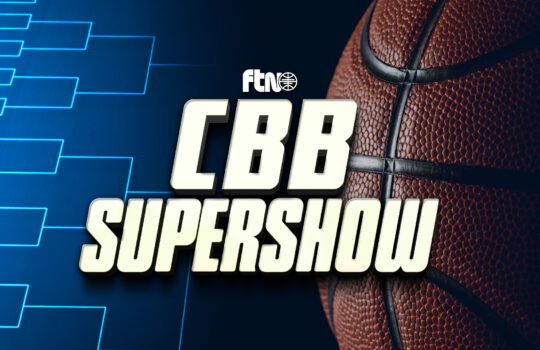




















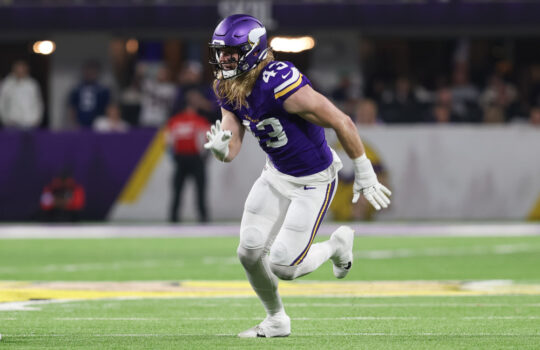



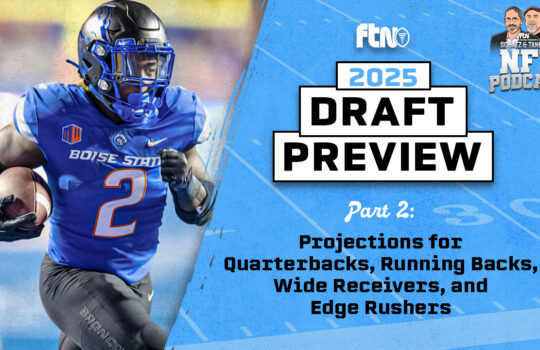

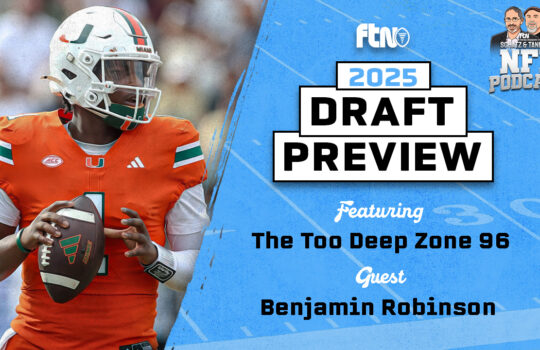
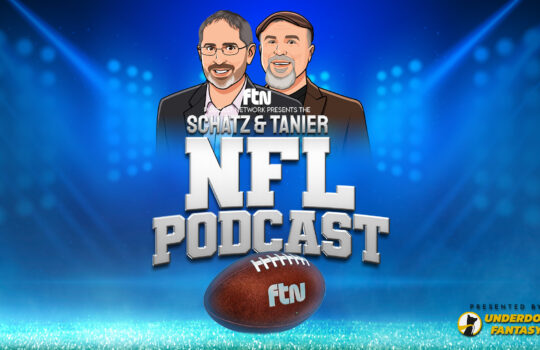








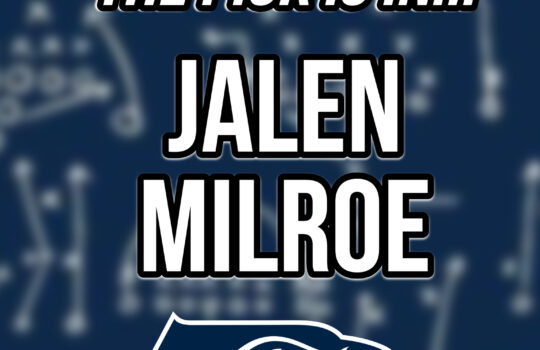

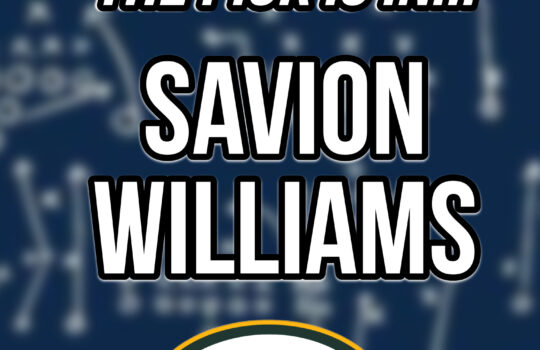
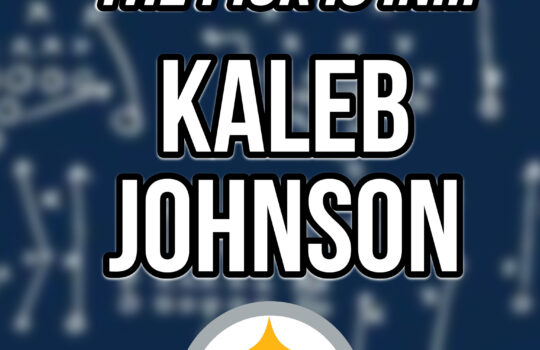

 New York Jets
New York Jets  New England Patriots
New England Patriots 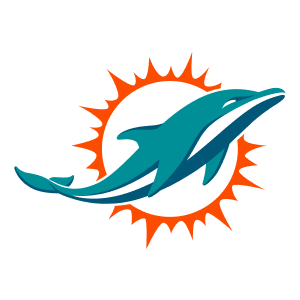 Miami Dolphins
Miami Dolphins  Buffalo Bills
Buffalo Bills  Pittsburgh Steelers
Pittsburgh Steelers  Cleveland Browns
Cleveland Browns  Cincinnati Bengals
Cincinnati Bengals  Baltimore Ravens
Baltimore Ravens 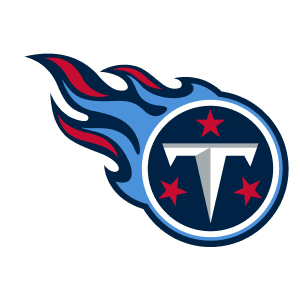 Tennessee Titans
Tennessee Titans  Jacksonville Jaguars
Jacksonville Jaguars  Indianapolis Colts
Indianapolis Colts  Houston Texans
Houston Texans  Las Vegas Raiders
Las Vegas Raiders 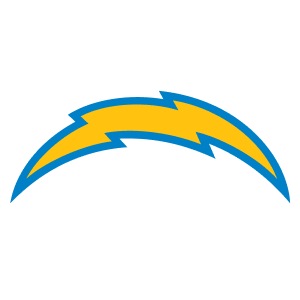 Los Angeles Chargers
Los Angeles Chargers  Kansas City Chiefs
Kansas City Chiefs 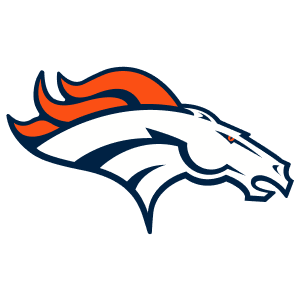 Denver Broncos
Denver Broncos  Washington Commanders
Washington Commanders  Philadelphia Eagles
Philadelphia Eagles  New York Giants
New York Giants  Dallas Cowboys
Dallas Cowboys  Minnesota Vikings
Minnesota Vikings 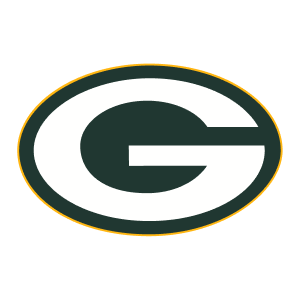 Green Bay Packers
Green Bay Packers 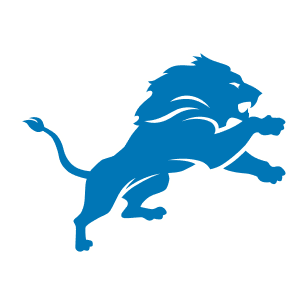 Detroit Lions
Detroit Lions 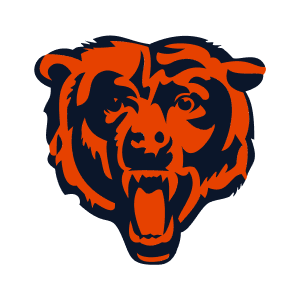 Chicago Bears
Chicago Bears 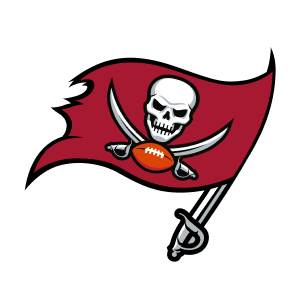 Tampa Bay Buccaneers
Tampa Bay Buccaneers  New Orleans Saints
New Orleans Saints 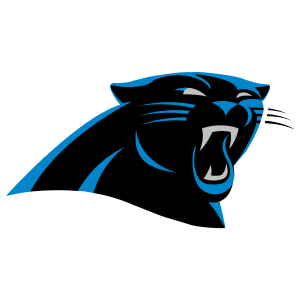 Carolina Panthers
Carolina Panthers 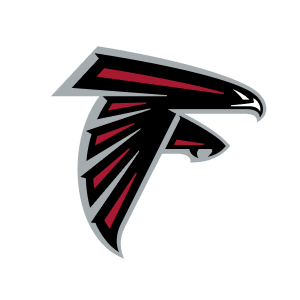 Atlanta Falcons
Atlanta Falcons  San Francisco 49ers
San Francisco 49ers 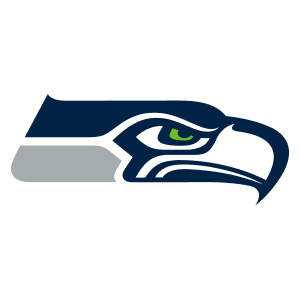 Seattle Seahawks
Seattle Seahawks  Los Angeles Rams
Los Angeles Rams 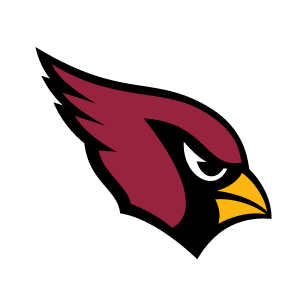 Arizona Cardinals
Arizona Cardinals 

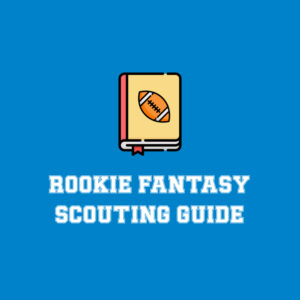






 Boston Celtics
Boston Celtics  Brooklyn Nets
Brooklyn Nets  Philadelphia 76ers
Philadelphia 76ers  New York Knicks
New York Knicks  Toronto Raptors
Toronto Raptors  Chicago Bulls
Chicago Bulls  Detroit Pistons
Detroit Pistons  Milwaukee Bucks
Milwaukee Bucks  Cleveland Cavaliers
Cleveland Cavaliers  Indiana Pacers
Indiana Pacers  Orlando Magic
Orlando Magic 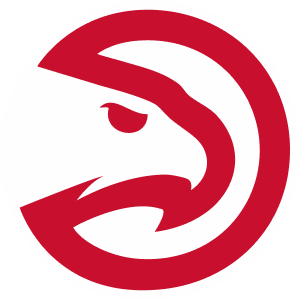 Atlanta Hawks
Atlanta Hawks  Charlotte Hornets
Charlotte Hornets  Miami Heat
Miami Heat  Washington Wizards
Washington Wizards  Denver Nuggets
Denver Nuggets  Minnesota Timberwolves
Minnesota Timberwolves  Oklahoma City Thunder
Oklahoma City Thunder  Portland Trail Blazers
Portland Trail Blazers  Utah Jazz
Utah Jazz  LA Clippers
LA Clippers  Golden State Warriors
Golden State Warriors  Los Angeles Lakers
Los Angeles Lakers  Phoenix Suns
Phoenix Suns  Sacramento Kings
Sacramento Kings  Dallas Mavericks
Dallas Mavericks  Houston Rockets
Houston Rockets  Memphis Grizzlies
Memphis Grizzlies  New Orleans Pelicans
New Orleans Pelicans  San Antonio Spurs
San Antonio Spurs 












